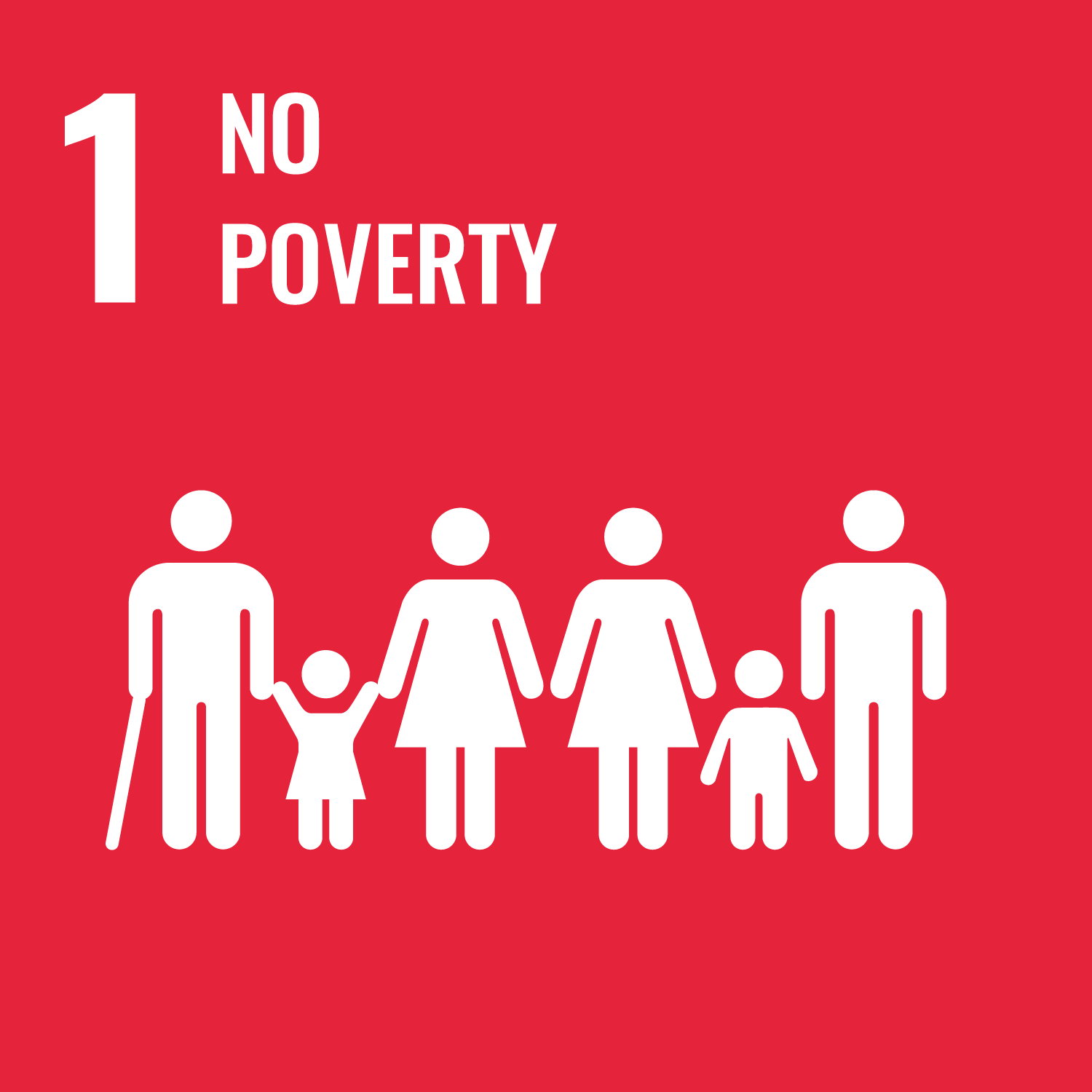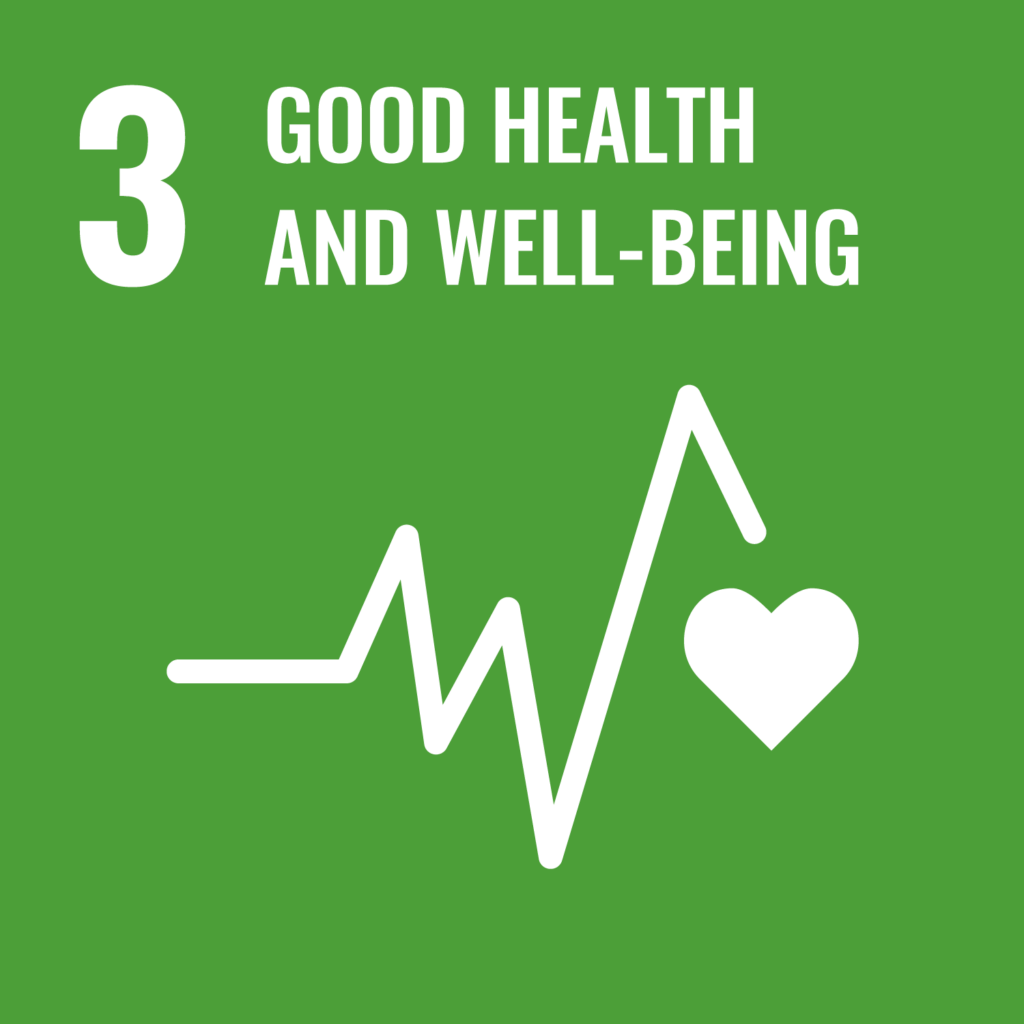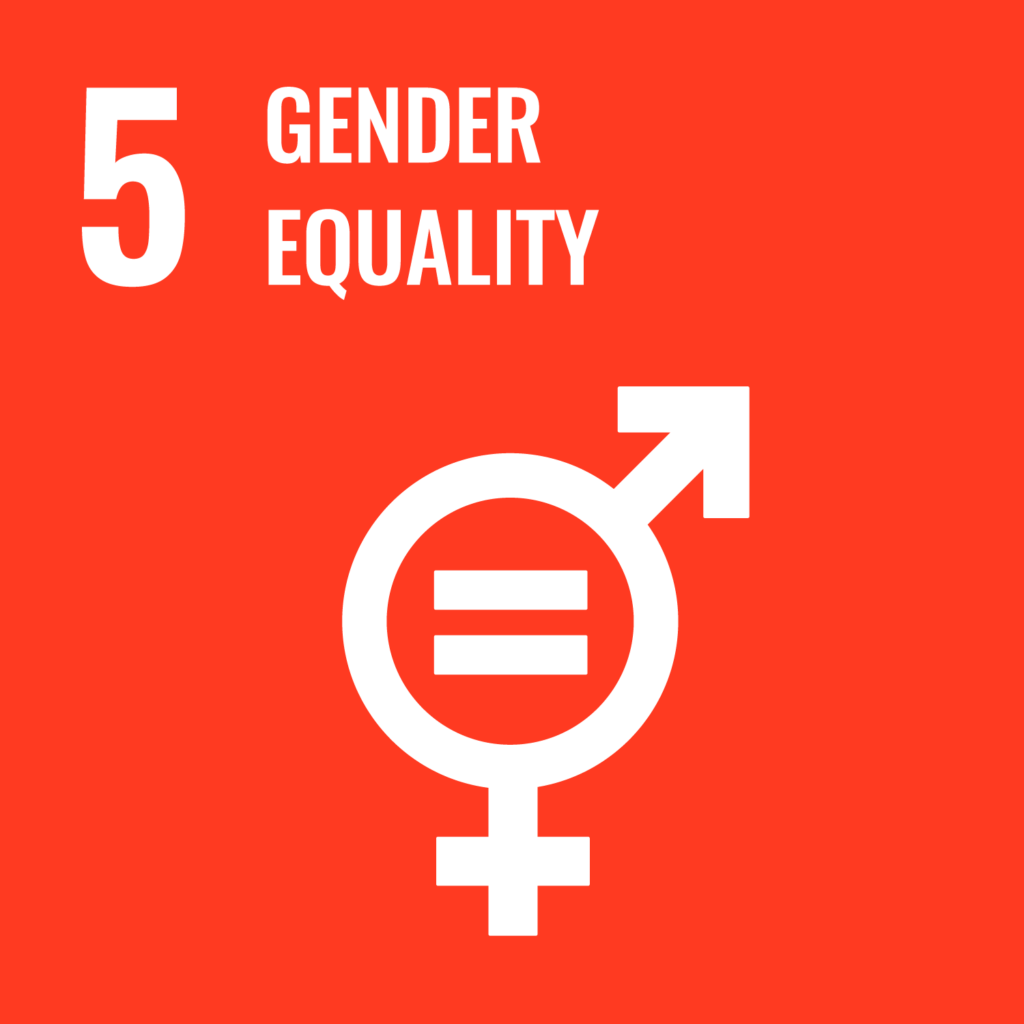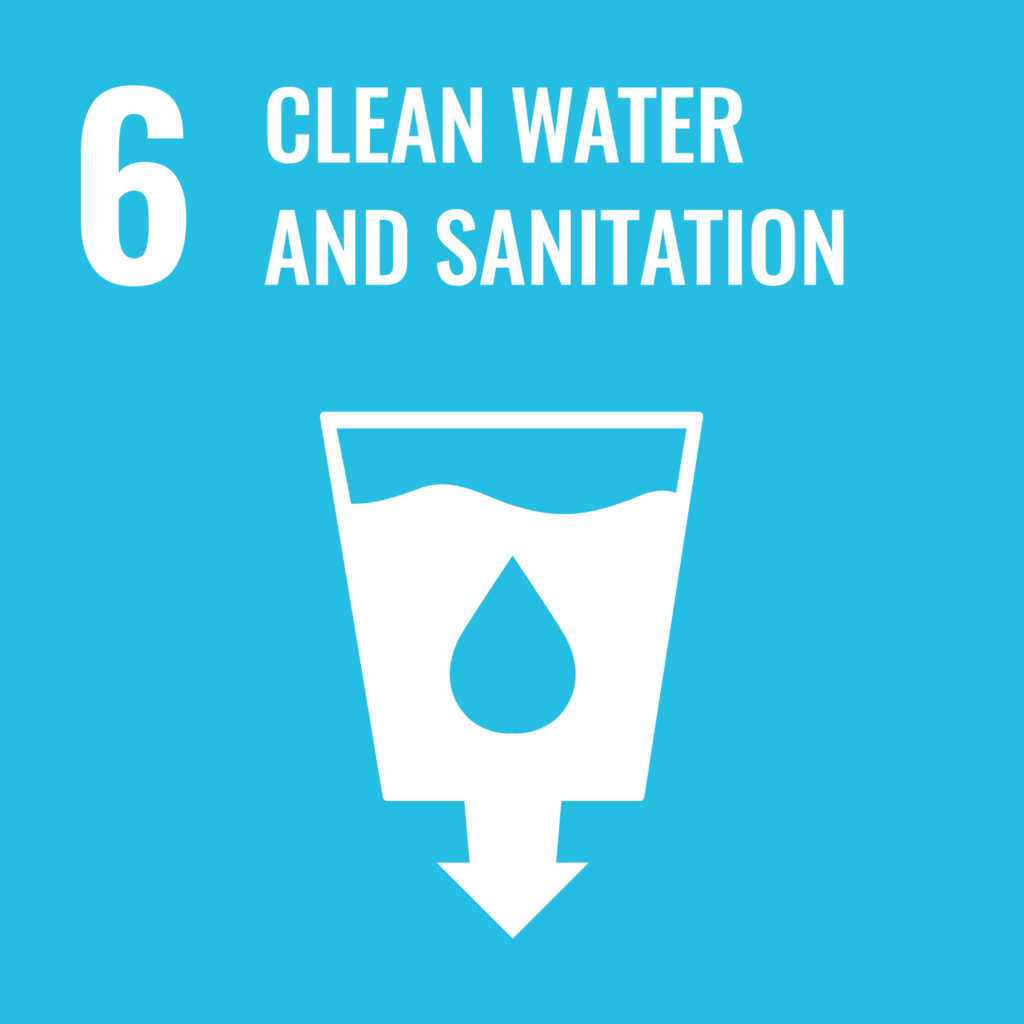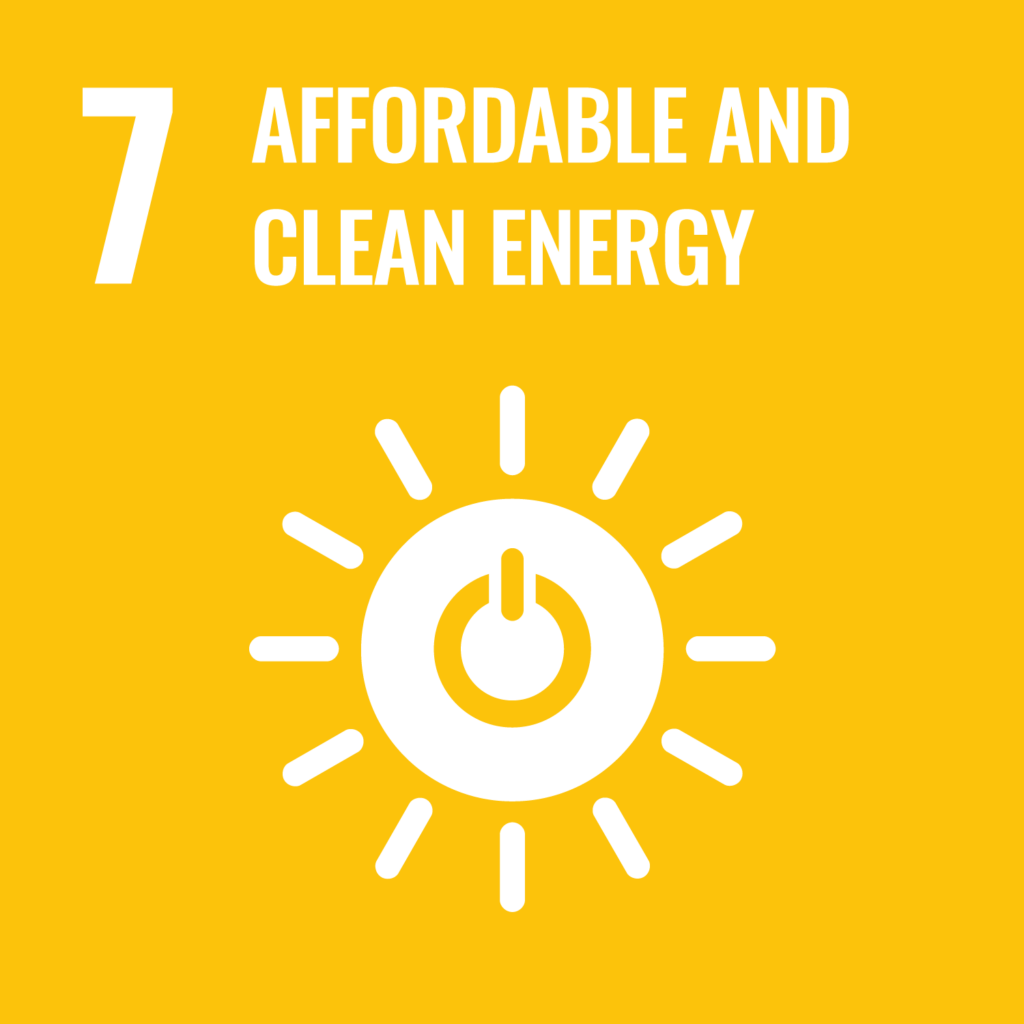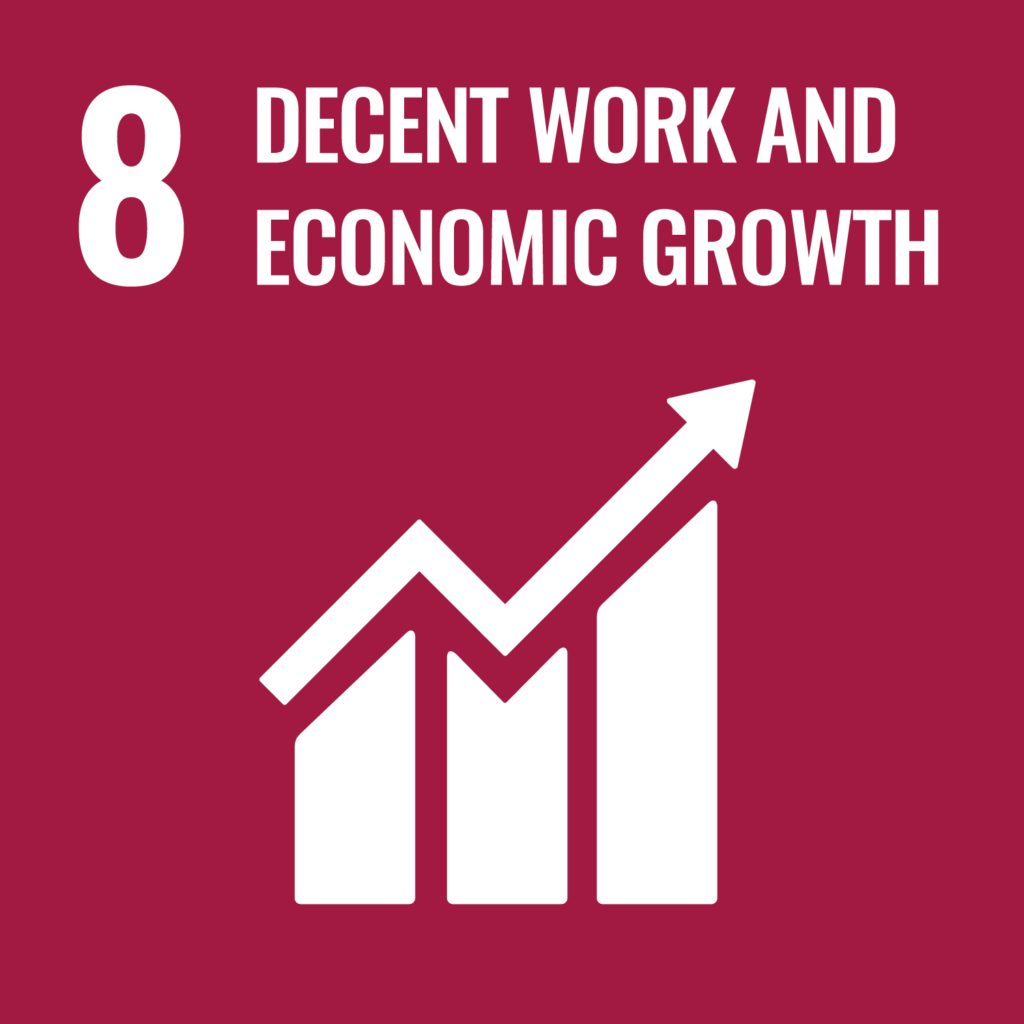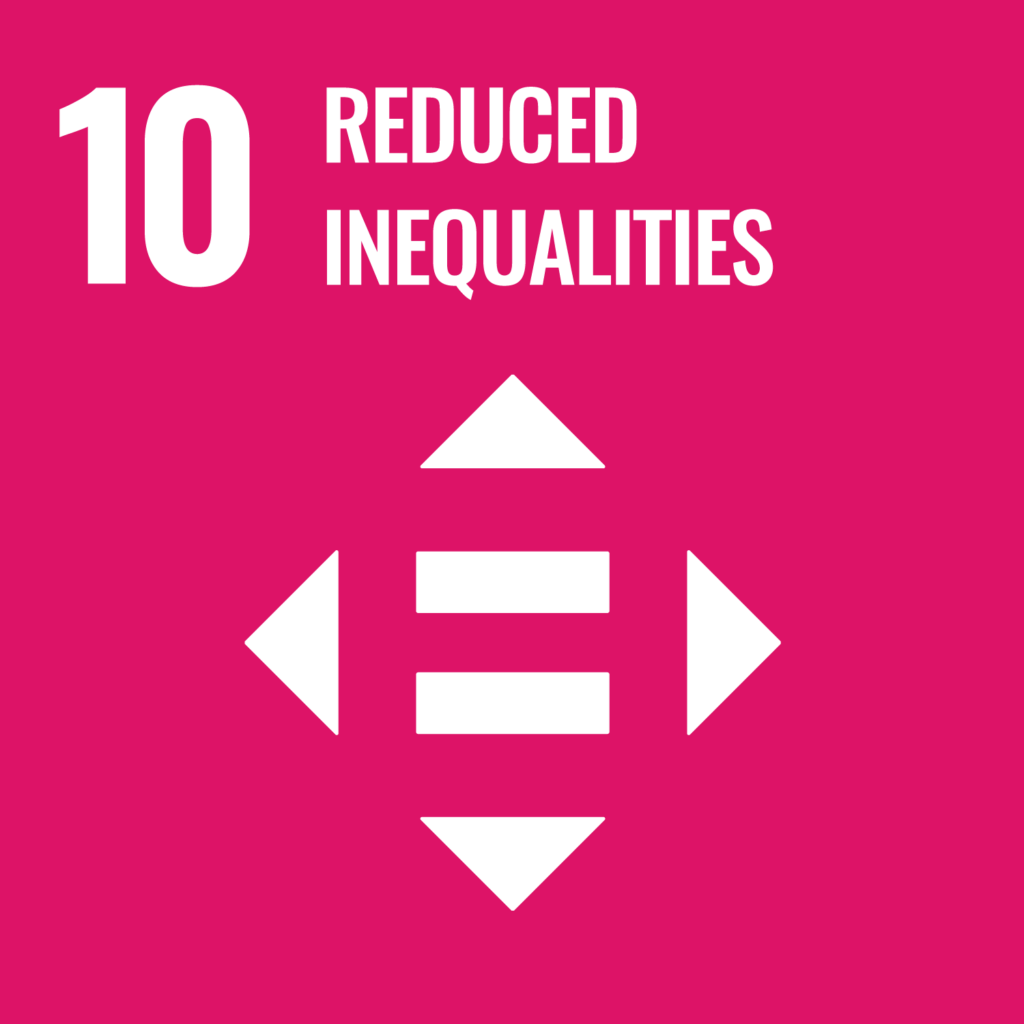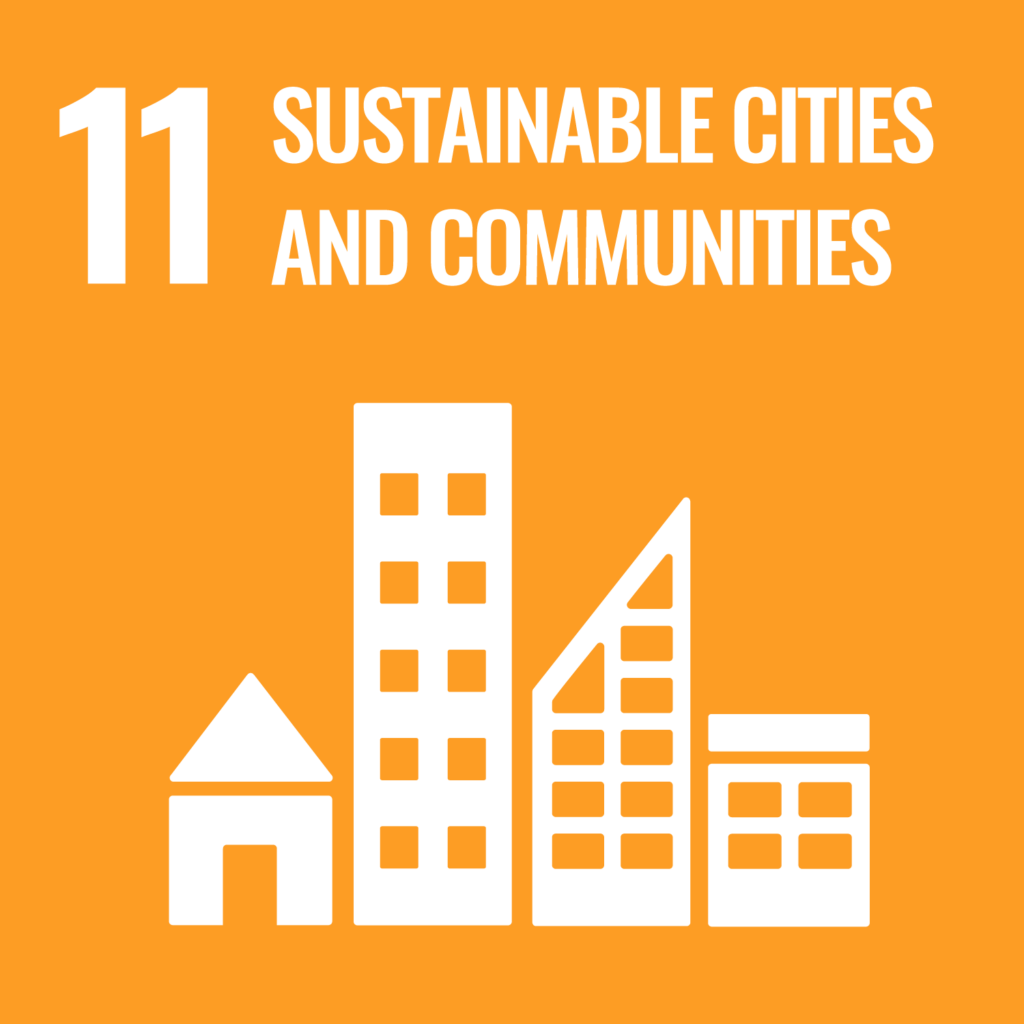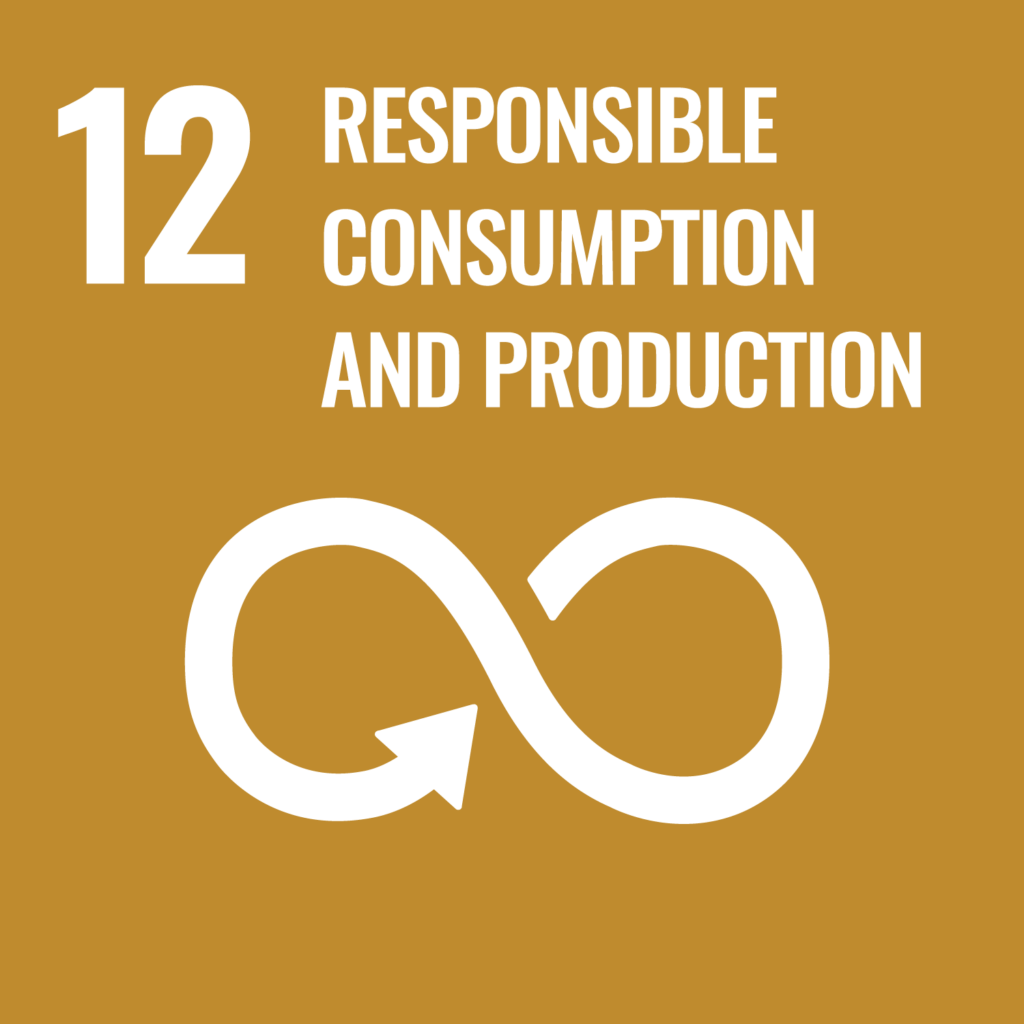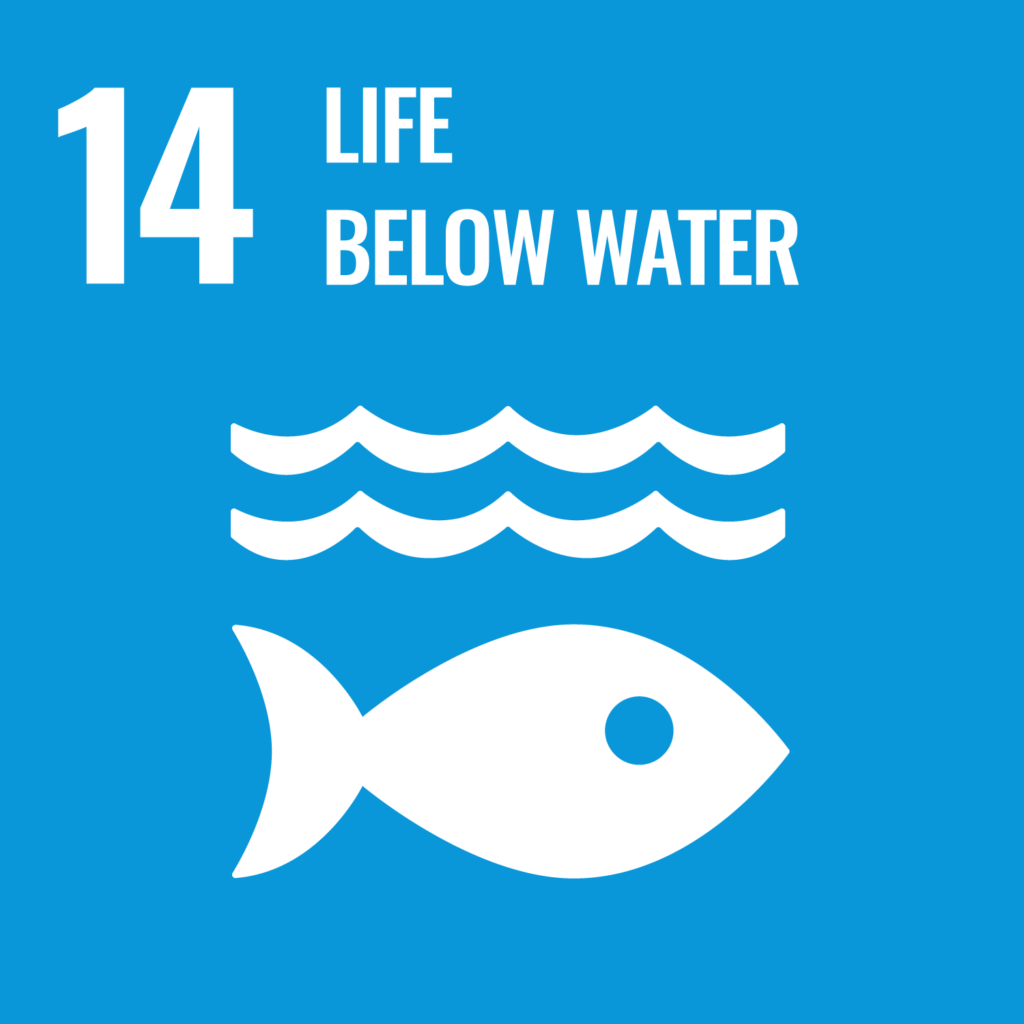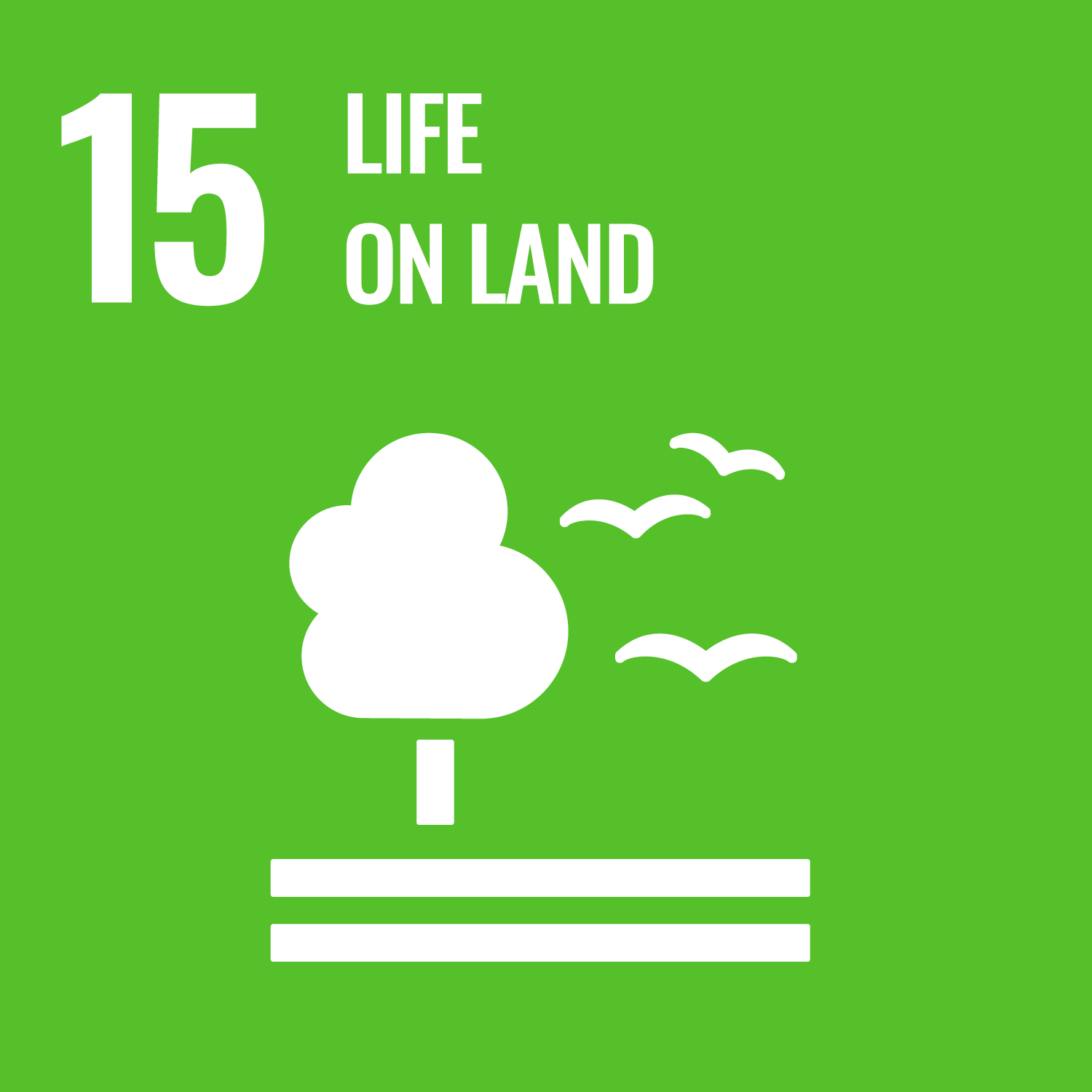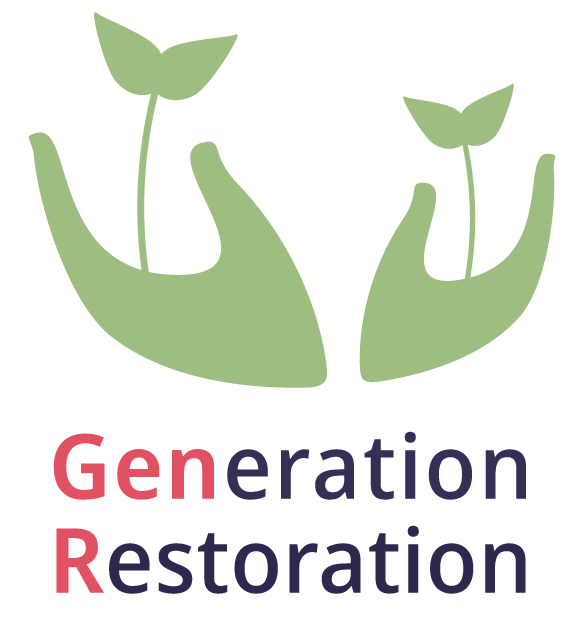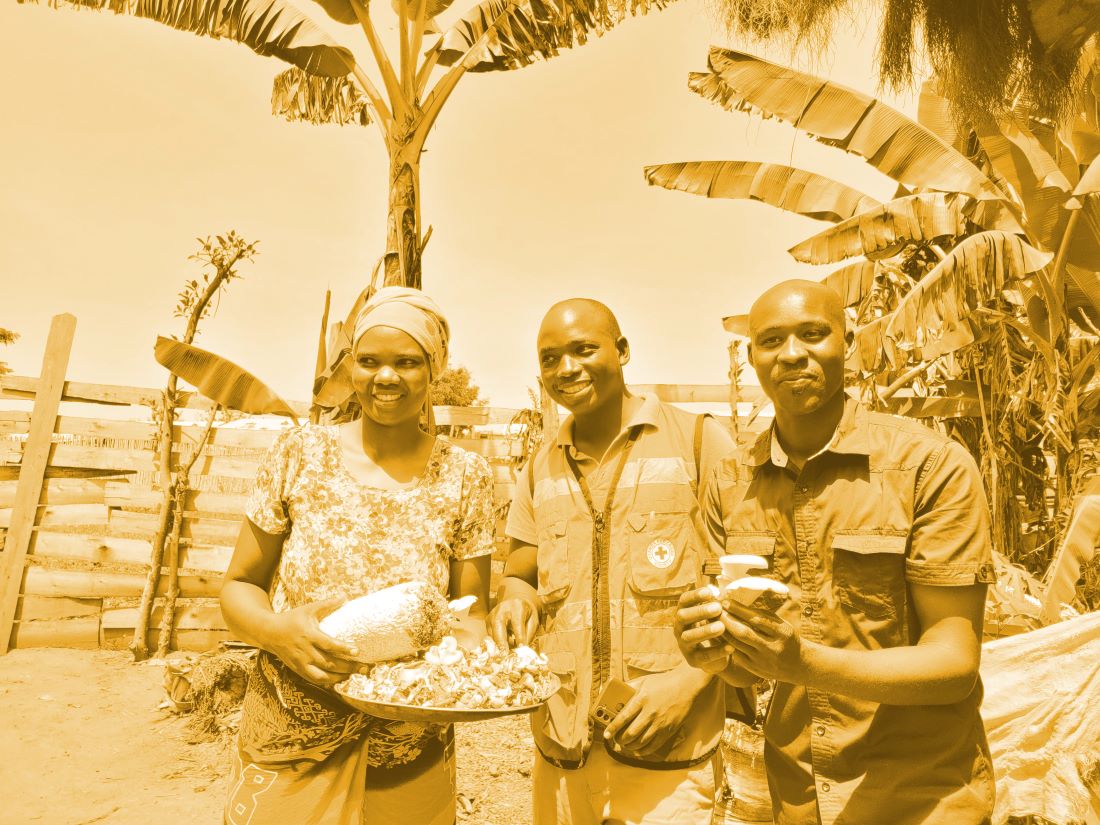
How Restoration with Refugees can Contribute to all SDGs
By applying regenerative practices in refugee camps and settlements, the restoration of ecosystems with refugees has the potential to contribute to the achievement of all 17 UN Sustainable Development Goals (SDGs).
End Poverty in all its Forms Everywhere
End Hunger, Achieve Food Security and Improved Nutrition and Promote Sustainable Agriculture
Ensure Healthy Lives and Promote Well-being for All at All Ages
Ensure Inclusive and Equitable Quality Education and Promote Lifelong Learning Opportunities for All
Achieve Gender Equality and Empower All Women and Girls
Women make up 43 percent of the global agricultural labor force, yet they face significant discrimination when it comes to e.g., land and livestock ownership as well as equal pay.[viii] Ecological restoration can promote gender equality by creating opportunities for women´s participation in e.g., decision-making processes.[ix]. It also reduces the risk of women being exposed to violence in the camps, as they are absent because they are on long trips to collect wood.
In most of the existing regenerative projects in refugee camps, women and youth make up more than half of the beneficiaries.
Ensure Availability and Sustainable Management of Water and Sanitation for All
Ensure Access to Affordable, Reliable, Sustainable, and Modern Energy for All
Although the global electricity access rate increased from 83% to 90% between 2010 and 2019, bringing electricity to 1.1 billion people for the first time, there are hundreds of millions still without electricity, especially in sub-Saharan Africa[xii].
In 2017, at least 34 million people gained access to basic electricity services through off-grid technologies[xiii]. Off-grid solar energy solutions can offer immediate access to affordable, clean, and reliable electricity in places that are hard to supply[xiv].
Renewable energy lifts people from poverty. In India, distributed solar panels brought electricity to 650 million people between 1981 and 2011[xv]. This led to increased literacy among girls, resulting in fewer children per woman in subsequent generations. Despite a carbon cost of one third of a ton CO2/year/person, renewable energy replaced fossil fuels and fueled India’s solar industry.
Promote Sustained, Inclusive and Sustainable Economic Growth, Full and Productive Employment and Decent Work for All
Build Resilient Infrastructure, Promote Inclusive and Sustainable Industrialization and Foster Innovation
Reduce Inequality Within and Among Countries
Make Cities and Human Settlements Inclusive, Safe, Resilient, and Sustainable
Ensure Sustainable Consumption and Production Patterns
The global material footprint grew by 70 percent between 2000 and 2017[xxiv]. Currently, about 40-60% of all armed conflicts within states are either triggered by conflicts over resources or are fought over them[xxv]. In 2019, each person generated approximately 7.3 kg of e-waste, of which only 1.7 kg was properly disposed[xxvi]. Due to these devastating numbers, it is more than urgent to change to more responsible consumption patterns.
Ecological restoration as a practice has the potential to make people rethink their relationship with nature and become more connected to nature[xxvii]. Circular solutions in regenerative design could help develop a more responsible consumption behaviour.
Take Urgent Action to Combat Climate Change and its Impacts
By 2030, half the continent of Africa could be displaced because of climate change[xxviii]. Regenerative farming techniques sequester more climate-impacting green-house gases (like CO2) than they emit, thus being an important step for climate action. Among “natural climate solutions,” soil carbon could account for 25 percent in the future, estimates a study in Nature Sustainability[xxix]. According to the study, they would offset six gigatons of CO₂ each year[xxx]. That’s more than all the U.S. emissions.
Organic farming reduces the burden on the environment and thus saves society high costs. A recent study by the Technical University of Munich puts the cost savings due to lower nitrogen and greenhouse gas emissions at 750 to 800 Euros per hectare per year compared to conventional farming[xxxi].
Conserve and Sustainably Use the Oceans, Seas and Marine Resources for Sustainable Development
Protect, Restore and Promote Sustainable Use of Terrestrial Ecosystems, Sustainably Manage Forests, Combat Desertification, and Halt and Reverse Land Degradation and Halt Biodiversity Loss
Promote Peaceful and Inclusive Societies for Sustainable Development, Provide Access to Justice for All and Build Effective, Accountable and Inclusive Institutions at All Levels
Strengthen the Means of Implementation and Revitalize the Global Partnership for Sustainable Development
Now: Participate!
Do you want to learn more, get involved, or simply keep informed?
Sign up to receive updates on Refugees & Restoration!
References (Introduction)
[i] World Bank (2020): Fragility and Conflict: On the Front Lines oft he Fight against Poverty. https://www.worldbank.org/en/topic/poverty/publication/fragility-conflict-on-the-front-lines-fight-against-poverty
[ii] Bundeszentrale für politische Bildung (bpb) (2021): Internationaler Tag für die Beseitigung der Armut. Rubrik: kurz&knapp. https://www.bpb.de/kurz-knapp/hintergrund-aktuell/342096/internationaler-tag-fuer-die-beseitigung-der-armut/
[iii] Bundesministerium für wirtschaftliche Zusammenarbeit und Entwicklung (BMZ) (2022): Folgen des Klimawandels. https://www.bmz.de/de/themen/klimawandel-und-entwicklung/folgen-des-klimawandels-124774#:~:text=Mehr%20als%20200%20Millionen%20Menschen,k%C3%B6nnte%20die%20Hungersnot%20weiter%20verst%C3%A4rken.
[iv] Partnership for Maternal, Newborn&Child Health (PMNCH) (n.d.): PMNCH for Women´s, Children`s and Adolescent´s Health. 1.8 Billion Young People for Change Campaign and The Global Forum for Adolescents. https://pmnch.who.int/news-and-events/campaigns/1-8-billion
[v] Hicks, Suzanne (2022): „We planted a forest!“ The mental health benefits of ecological restoration: a pilot study. https://mbgecologicalrestoration.wordpress.com/2022/10/21/we-planted-a-forest-the-mental-health-benefits-of-ecological-restoration-a-pilot-study/
[vi] Hicks, Suzanne (2022): „We planted a forest!“ The mental health benefits of ecological restoration: a pilot study. https://mbgecologicalrestoration.wordpress.com/2022/10/21/we-planted-a-forest-the-mental-health-benefits-of-ecological-restoration-a-pilot-study/
[vii] World Bank (2022): The State of Global Learning Poverty. 2022 Update. (P. 7). https://thedocs.worldbank.org/en/doc/e52f55322528903b27f1b7e61238e416-0200022022/original/Learning-poverty-report-2022-06-21-final-V7-0-conferenceEdition.pdf
[viii] Food and Agriculture Organization oft he United Nations (FAO) (n.d.): Reduce Rural Poverty. https://www.fao.org/reduce-rural-poverty/our-work/women-in-agriculture/en/
References (SDG 1-9)
[ix] Akter et al. (2017): Women´s empowerment and gender equity in agriculture. A different perspective from Southeast Asia. In: Food Policy. Vol. 69. P. 270-279. https://www.sciencedirect.com/science/article/pii/S0306919217303688#b0065
[x] IPCC Working Group II (2022). In: The Great Change. A Human Tsunami. Migration of the dsplaced as an Anthroposcene augury. Albert Bates. https://cooldesign.substack.com/p/a-human-tsunami?s=w
[xi] Unicef (2022): Dreifache Wasserkrise gefährdet das Leben von 190 Millionen Kindern. Pressemitteilung vom 20.03.2023. https://www.unicef.de/informieren/aktuelles/presse/-/unicef-zum-weltwassertag-2023/329228
[xii] United Nations (2021): Ziele für nachhaltige Entwicklung. Bericht 2021. S. 40. https://www.un.org/depts/german/millennium/SDG%20Bericht%202021.pdf
[xiii] International Institute for Sustainable Development (2019): SDG 7 Report Warns 650 Million People Could Lack Electricity Access in 2030 Without Sustained Effort. https://sdg.iisd.org/news/sdg-7-report-warns-650-million-people-could-lack-electricity-access-in-2030-without-sustained-effort/
[xiv] Nuno, Andreia (2022): Solar power for rural Africa. A scaled up off-grid model transforms access to solar power in rural Africa. https://www.eib.org/en/stories/solar-power-rural-africa
[xv] The Economic Times (2014): Access to electricity in India has no impact on climate change. https://economictimes.indiatimes.com/industry/energy/power/access-to-electricity-in-india-has-no-impact-on-climate-change/articleshow/44886341.cms
[xvi] Umweltprogramm der Vereinten Nationen (UNEP) (2021): Global Guidance for Education on Green Jobs. Connecting Higher Education and Green Opportunities for Planetary Health. (P. 2). https://wedocs.unep.org/bitstream/handle/20.500.11822/35070/GGEGJ.pdf
[xvii] United Nations (2021): Ziele für nachhaltige Entwicklung. Bericht 2021. S. 44. https://www.un.org/depts/german/millennium/SDG%20Bericht%202021.pdf
[xviii] United Nations for UN Climate Change Conference Nairobi 2006 (2006): United Nations Fact Sheet on Climate Change. Africa is particularly vulnerable to the expected impacts of global warming. https://unfccc.int/files/press/backgrounders/application/pdf/factsheet_africa.pdf
[xix] Statista (2023): CO2-Ausstoß weltwei nach Länder. https://de.statista.com/statistik/daten/studie/179260/umfrage/die-zehn-groessten-c02-emittenten-weltweit/#:~:text=Im%20Jahr%202021%20war%20China,wesentlich%20zum%20CO2%2DAussto%C3%9F%20bei.
[xx] Kempf, Isabell (o. D.): Poverty and the environment/climate change. https://www.un.org/development/desa/dspd/wp-content/uploads/sites/22/2018/05/9.pdf
[xxi] United Nations (2021): Ziele für nachhaltige Entwicklung. Bericht 2021. S. 48. https://www.un.org/depts/german/millennium/SDG%20Bericht%202021.pdf
[xxii] Fakir, Adnan MS; Khan, M Wasiqur Rahman (2015): Determinants of malnutrition among urban slum children in Bangladesh. In: Health Economics Review 5, Article number 22. https://healtheconomicsreview.biomedcentral.com/articles/10.1186/s13561-015-0059-1
[xxiii] UN System Standing Committee on Nutrition (n.d.): UNSCN Statement. Nutrition Security of urban populations. https://www.unscn.org/files/Statements/August_31-_UNSCN_World_Urban_Forum_6-_Statement_final_3108_finalfinal.pdf
[xxiv] United Nations (2021): Ziele für nachhaltige Entwicklung. Bericht 2021. S. 50. https://www.un.org/depts/german/millennium/SDG%20Bericht%202021.pdf
References (SDG 10-12)
[xxv] United Nations Peacekeeping (n.d.): Conflict and Natural Resources. https://peacekeeping.un.org/en/conflict-and-natural-resources and Forum Nachhaltig Wirtschaften (o. D.): Reiche und Mächtige palaver – Arme sterben. https://www.forum-csr.net/News/16718/ReicheundMchtigepalavern%E2%80%93Armesterben.html
[xxvi] United Nations (2021): Ziele für nachhaltige Entwicklung. Bericht 2021. S. 51. https://www.un.org/depts/german/millennium/SDG%20Bericht%202021.pdf
[xxvii] Furness, Ella (2021): How participants in ecological restoration can foster a connection to nature. In: Restoration Ecology Vol. 29, No. 7, e13430. https://onlinelibrary.wiley.com/doi/full/10.1111/rec.13430
[xxviii] Raulerson, Matt (2023): Climate Displacement. In: Climate Refugees. https://www.climate-refugees.org/spotlight/2022/3/3/ipcc-africa
[xxix] Bossio et al. (2020): The role of soil carbon in natural climate solutions. In: Nature Sustainability 3, 391-398. https://www.nature.com/articles/s41893-020-0491-z
[xxx] Fischer, Tin; Knuth, Hannah (2023): Greenwashing in der afrikanischen Savanne. In: Zeit-Online. https://www.zeit.de/wirtschaft/2023-03/co2-zertifikate-netflix-luxus-kritik
[xxxi] Hülsbergen et al. (2023): Umwelt- und Klimawirkungen des ökologischen Landbaus. In: Kurt-Jürgen Hülsbergen (Hg.): Weihenstephaner Schriften. Ökologischer Landbau und Pflanzenbausysteme. Bd. 16. https://syncandshare.lrz.de/getlink/fiWMYsSjm7uGyBzrBFLGpH/Weihenstephaner%20Schriften_16_Studie.pdf
[xxxii] World Ocean Review (2021): Nahrung aus dem Meer. In: WOR 7. Lebensgarant Ozean. https://worldoceanreview.com/de/wor-7/nahrung-aus-dem-meer/
[xxxiii] United Nations Convention to Combat Desertification (2022): Chronic land degradation: UN offers stark warnings and practical remedies in Global Land Outlook 2. https://www.unccd.int/news-stories/press-releases/chronic-land-degradation-un-offers-stark-warnings-and-practical
[xxxiv] Tagesschau (2022): Interview mit Volker Mosbrugger: UN-Biodiversitätskonferenz. „Geht um Erhalt unserer Lebensgrundlage“. Tagesschau Online vom 07.12.2022. https://www.tagesschau.de/wissen/klima/biodiversitaet-konferenz-montreal-ts-100.html
References (SDG 13-17)
Picture
Proud of the harvest: Beatrice, Celestin and Daniel from the mushroom production group “Malisho Bora”, trained by the Rwamwanja Rural Foundation (RRF) in the refugee settlement of Rwamwanja in Uganda.
© Generation Restoration
Copyright © 2024 Generation Restoration – Let’s restore 🙂
